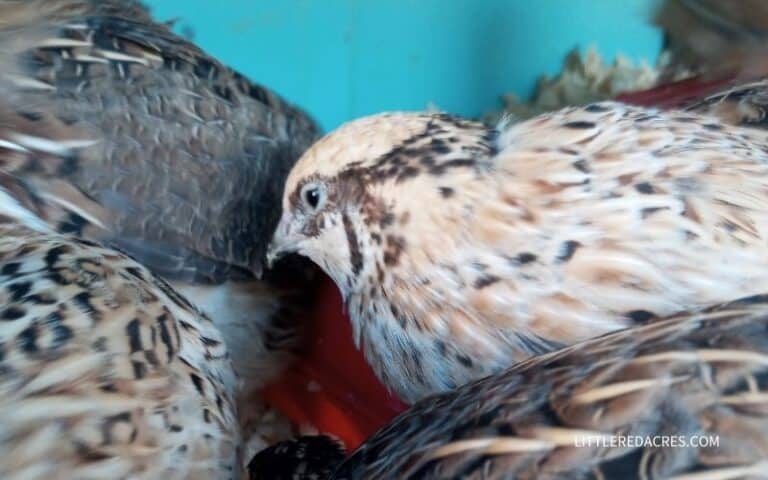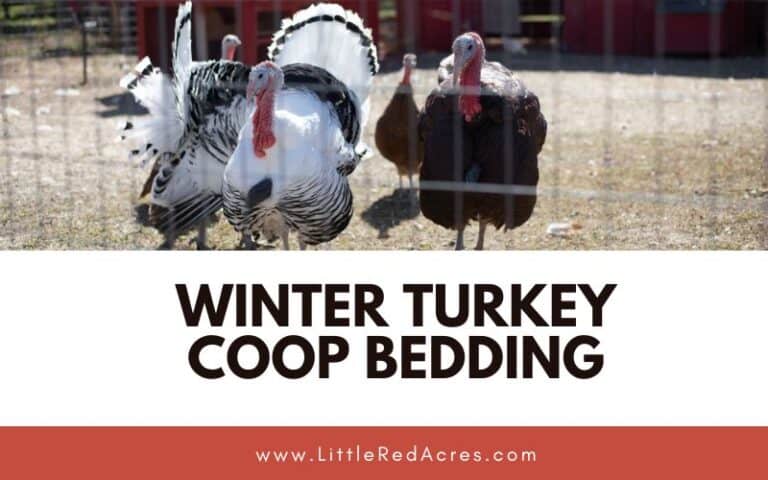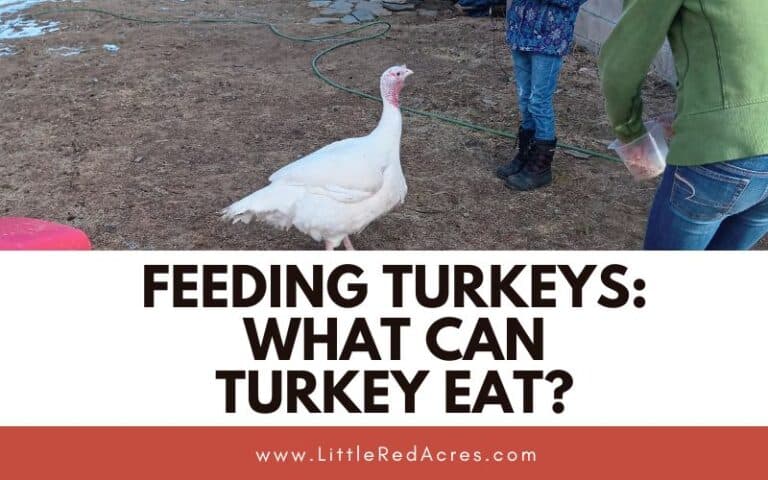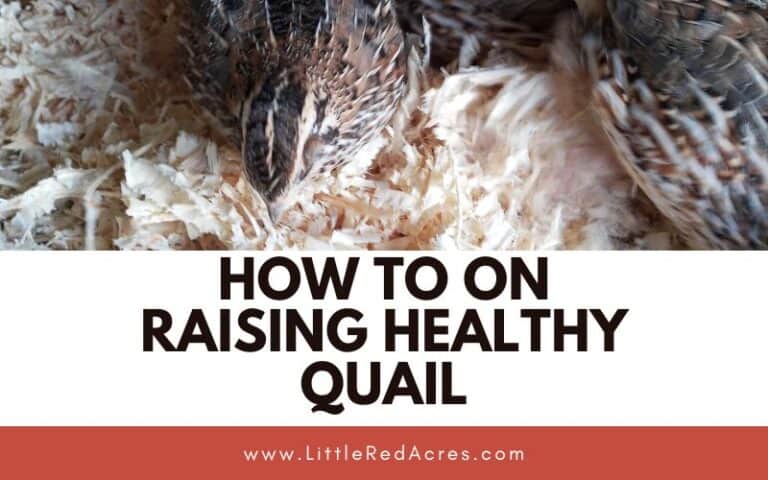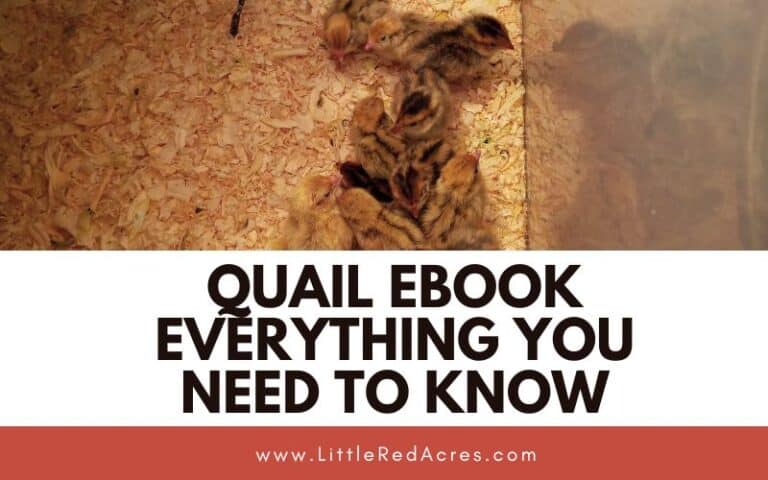8 Chicken Coop Must Haves
Inside: Building your coop for the first time is exciting. Here are some things that your chicken coop must-haves for happy, productive chickens.
Building your chicken coop for the first time is exciting. Here are some things that your chicken coop must-haves for happy, productive chickens. Happy productive chickens give you delicious eggs.
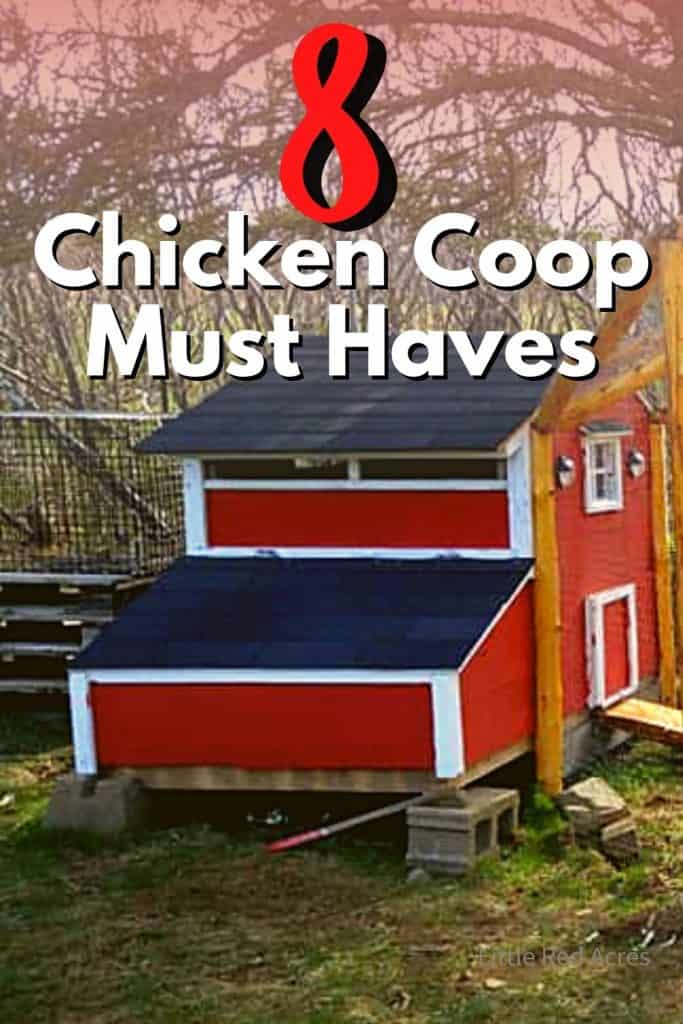
This post may contain affiliate links, see my disclosure policy for more information.
8 Chicken Coop Must Haves
We were lucky enough to have been able to build our first chicken coop out of completely reclaimed materials. Minus the nails and paint of course.
When you have spent time raising cute little fluffy butted chicks into chickens that are ready to go outside you want to make sure that you have a coop that is going to fit them, going to keep them safe, and more.
Let's cover what you need to have to think about when building or buying your chicken coop.
Get updates & freebies delivered to your inbox!
Coop Size
This is important, and not something I, Ashley, had really thought about. I had thought about the size of their run, but not the actual building. Blake did all the work. It works out really great, he builds my dreams and I take care of all the birds.
How much space do chickens need? They need 3-5 square feet of space for a regular-sized chicken.
Nesting Box
Our five hens always share a box. And by share, I mean I have seen three in a box at a time instead of picking a different box. A general size for nesting boxes is 12’x12′ and you want enough boxes so that there is 1 for every 3 laying hens.
There are a number of different things you can use as nesting boxes:
- 5-gallon buckets on their sides
- milk crates
- re-purposed shelves or dressers
- roll away nesting box – perfect for hens who have developed a taste for eggs
But to warn you, and this is especially true if your chickens free range, chickens will lay where they want.
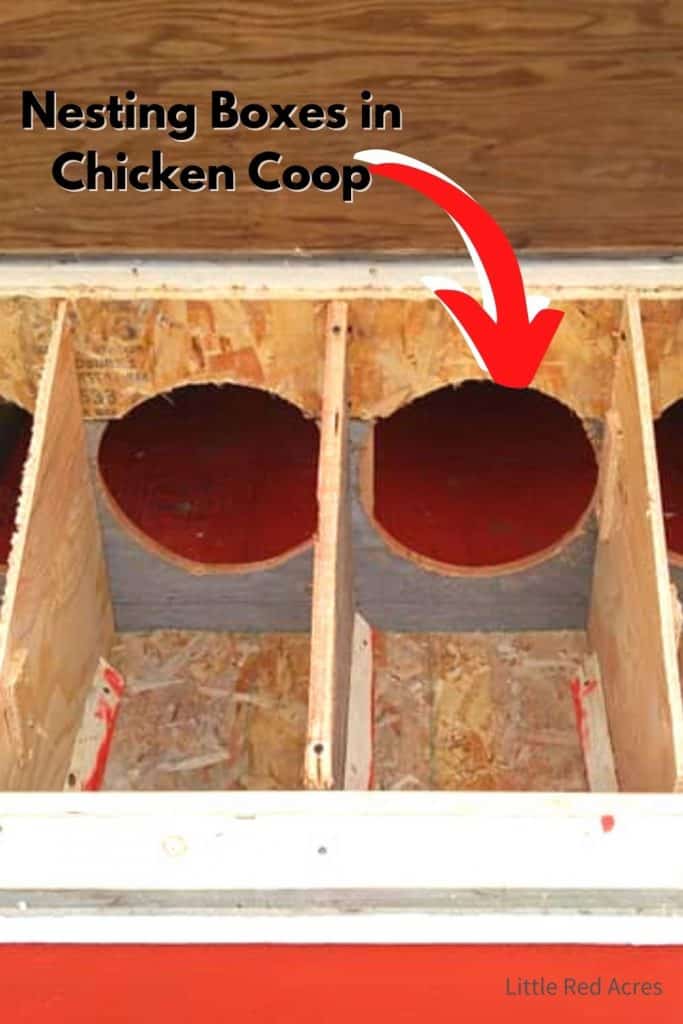
Chicken Need A Place to Roost
Not all chickens can fly, so know your breed when you plan your roosts. Chickens like to be up in the air and do not sleep on the ground.
Things to think about when planning your roosts:
- roosts should be at least 12 inches away from the wall providing space for their head or tail to hang off comfortably
- give at least a couple of feet between the uppermost roost and the ceiling so that your birds don’t chance to hit the ceiling when jumping up to their roosts
- estimate at least 12 inches of space per bird
Steer clear of slippery materials for roosts. You don't want them falling off.
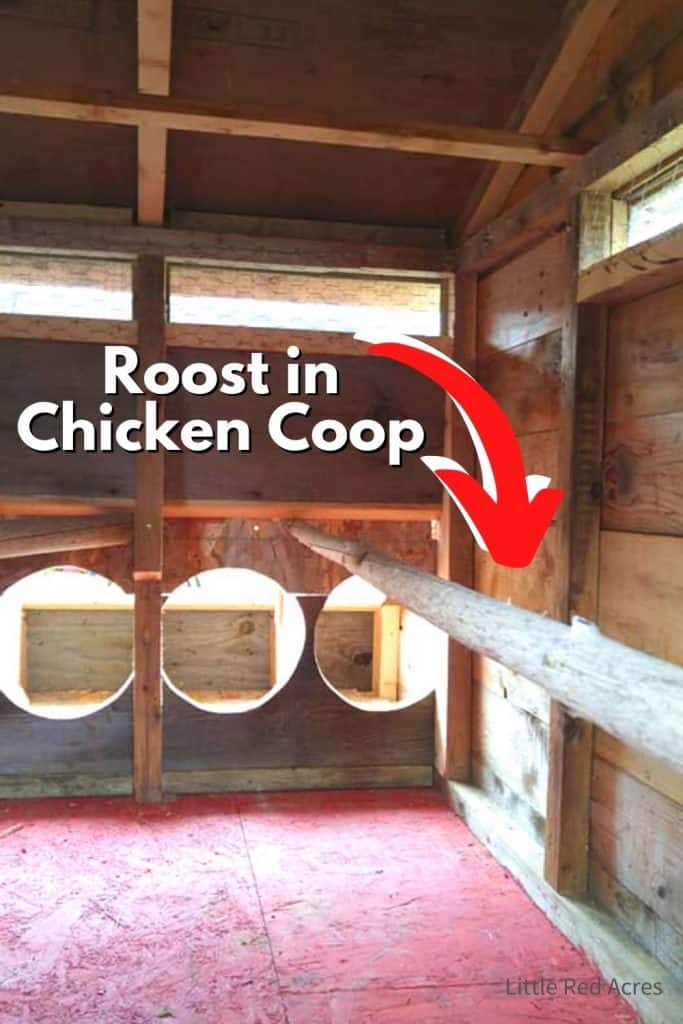
Your Chicken Coop Needs to be Safe and Secure
Check it for any areas that your coop may allow other animals in. This means gaps or holes that are big enough for small animals such as snakes or rats as well as larger predators such as opossums or raccoons.
Think about this why you are building your coop so that you aren't making more work for yourself later.
Chicken Coops Needs Ventilation
Chickens need a well-ventilated coop, not a drafty coop, there is a difference. Ventilation is important to create airflow and allow the “soiled air” to go up and out. You don't want to have the cold wind blowing in on them in the middle of the winter.
Weather Proof
Just like you want to keep it predator-proof, and have ventilation make sure that you have your coop protected from the weather. Rain and wind aren't blowing in getting your birds and bedding wet.
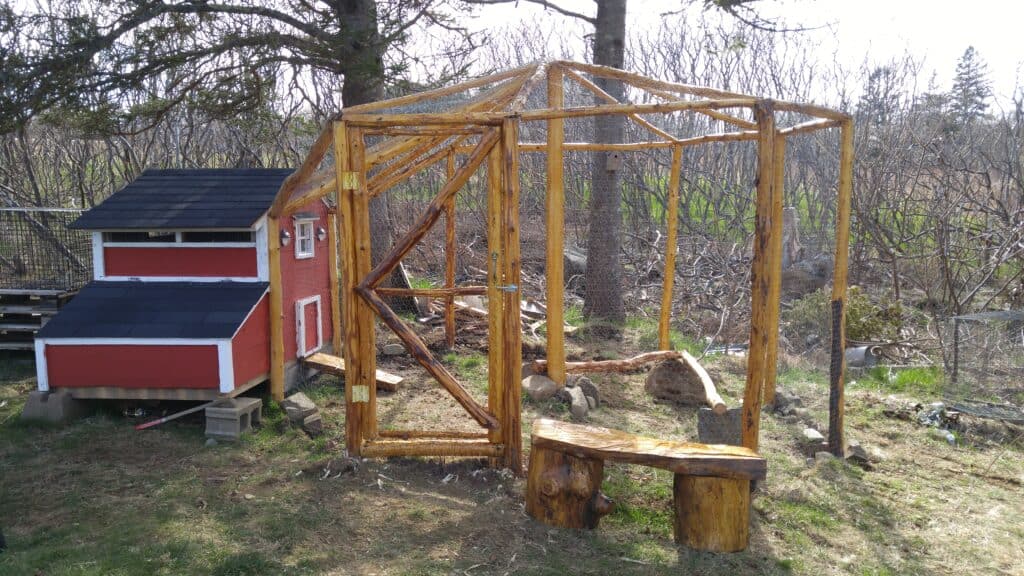
Room to Run
Free-range, pastured, or in a run? How are your chickens going to spend their outside time? Our chickens have a run. This is to keep them safe from our other pets (cats and bird dogs).
Your chicken coop run should be 8 square feet per chicken! They need to be able to move freely to be healthy birds.
What you decide on will depend on where you live and the predators in your area.
Food and Water
We keep all food and water outside of the coop. There are a number of different styles of waterers and feeders. I recommend a hanging waterer so that your chickens are knocking it over, you can also get hanging feeders too that prevent your chickens from standing in it, pooping in it, etc.
It is going to save you a lot of headaches, in the long run, to have everything planned out ahead of time, starting with the breed of chickens you are going to raise. From the non-flyers like silkie to larger breeds like the standard Brahma.
Frequently Asked Questions
How many nesting boxes do I need for 12 chickens? A good rule of thumb is a ratio of one nesting box for every four chickens.
What should not be in a chicken coop? Paper, whether it's flat newspaper, shredded junk mail, or paper towels is not the ideal bedding for the chicken coop. Paper isn't especially absorbent, so it won't do you any favors with the mess and the smell.

Want More?
7 Reasons to Have Backyard Chickens

